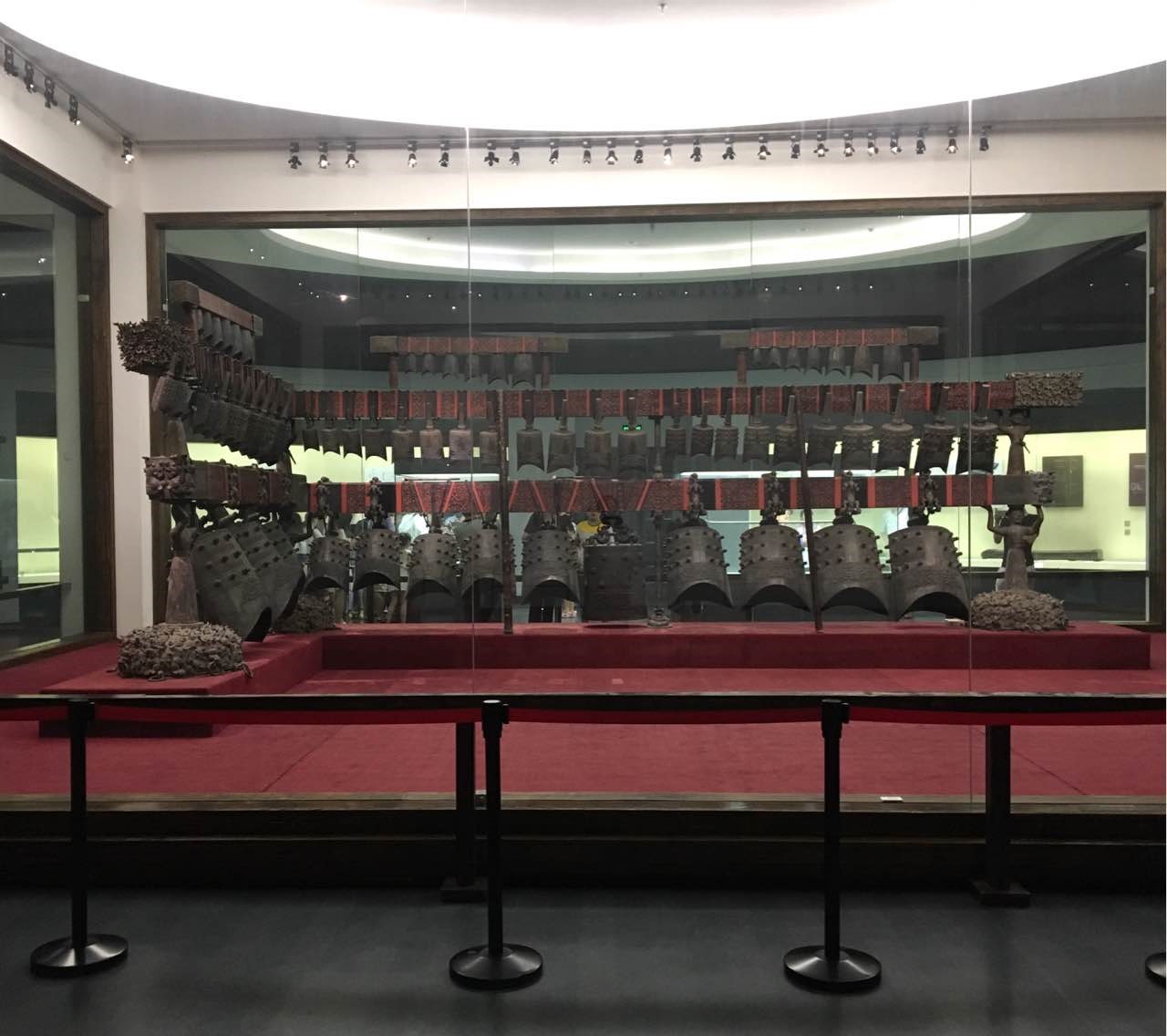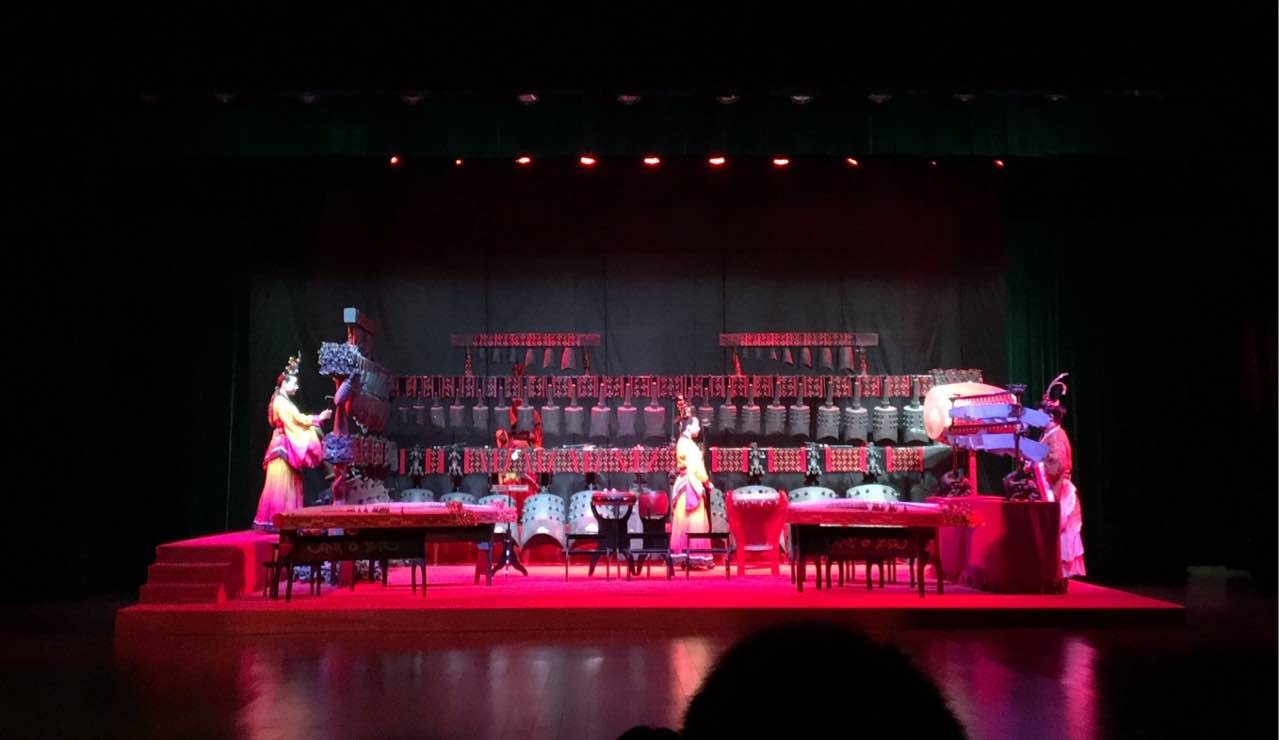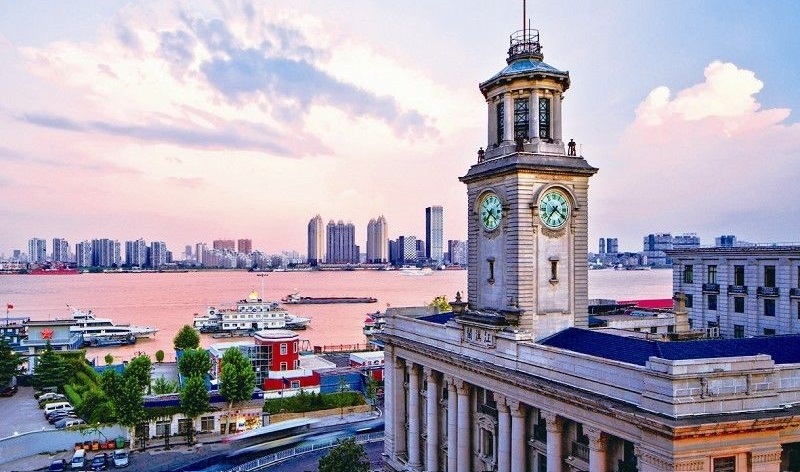Since ancient times, cities have always been an important form of settlement. Some cities which once were so prosperous, however, faded as the time goes by due to many reasons: resource exhaustion, wars or climate change. Yet some cities emerged out of nowhere during urbanization. But there are also some cities which have endured for thousands of years yet are still growing and changing. Wuhan, a large city in the center of China, is one of them – a city of past, present and future. In July, I made a wonderful journey there.
At first glance, Wuhan is just like other cities: metro going anywhere, skyscrapers forming a magnificent skyline, crowds and crowds of people occupying every inch of land in this city, just the look every other modern city in China will have.
But when going deeper into the city, you will notice something different about this place – its long and profound history.

The chime-bells buried for 2200 years can still make beautiful sounds
Wandering in the Provincial Museum of Hubei in Wuhan, we can find many attractive and delicate antiquities. The most glorious of them, however, is the chime-bells from the Tomb of Marquis Yi of the Zeng State. Representing the highest level of the bronze ware production in ancient China, it’s the largest set of chime-bells discovered so far. The bells were made during the warring states era during which the chime-bells were a popular musical instrument and the scale of the bells stood for the person’s position in the society. Though buried in the earth for 2200 years, they can still be played and have already been played three times since their discovery. Inside the museum, there is also a performance using a replica of the chime-bells to play famous and classic music from around the world. With a special hammer striking the bells, clear sound like water dripping echoes in the hall and fades away slowly. The 25-minute performance is truly a pleasant sensation.

Using a replica of the chime-bells to play music from around the world
As an important harbour alongside the Yangtze River, Wuhan was already a highly commercialized city in the Qing Dynasty. After the Second Anglo-Chinese War, Hankou (part of Wuhan) was forced to be a treaty port, and many western-style buildings were built along the river. The most famous one of them is the Jianghan Customs Building; it has stood in wind and rain for a hundred years and witnessed Wuhan’s development and China’s stumbling history in opening up and embracing the world.

The customs building is a witness of Wuhan’s history
Growing fast as Wuhan is, it still maintains the traces from the old times. That’s Wuhan, a city of past, present and future.

